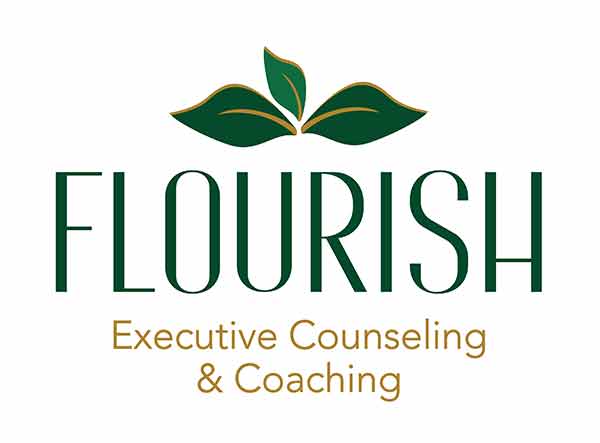“Why isn’t our leadership team rowing in the same direction?”
“We’ve grown, but our decision-making feels fragmented—what’s missing?”
“How do we bring honest conversations to the table without creating conflict?”
If you’ve found yourself asking these questions, you’re not alone. Many executive teams struggle to align around a shared vision, especially in times of growth, transition, or cultural change. It’s not just about strategy—it’s about collective leadership.
And often, what’s getting in the way isn’t a lack of ideas. It’s the avoidance of conflict, the unspoken dynamics, and the absence of a common language for collaboration.
Why High-Performing Teams Still Hit Roadblocks
Even seasoned leadership teams can suffer from hidden dysfunctions. These don’t always look like outright conflict. In fact, they more commonly show up as:
- Conflict avoidance masked as “keeping the peace”
- Meetings where the real issues remain unspoken
- A vague sense of disconnection, despite shared goals
- Resistance to change because no one wants to “rock the boat.”
We’ve explored this dynamic in our recent blog on family-owned businesses, where longstanding personal dynamics quietly sabotage progress. But even outside of family firms, the emotional undercurrents in executive teams can prevent the open dialogue required for growth.
What Is the Collective Leadership Assessment?
At Flourish Executive Counseling & Coaching, we use a scientifically validated 360° tool called the Collective Leadership Assessment to uncover exactly what’s holding your team back—and what’s possible if they begin working in alignment.
Unlike individual assessments, this process is about the whole team. It compares your leadership team’s current state reality to a clearly defined desired future state, and it benchmarks your team against a global database of leadership teams for context.
What makes it transformative isn’t just the data—it’s what we do with it.
Turning Data into Dialogue
The Collective Leadership Assessment isn’t just a report. It’s a structured, expertly facilitated conversation that helps your team:
✔️ Establish a shared understanding of what “great leadership” looks like
✔️ Surface misalignments in vision, behavior, and strategy
✔️ Create consensus around specific next steps for evolving as a team
✔️ Lean into productive disagreement without triggering defensiveness
This isn’t about airing grievances. It’s about shifting from avoidance to accountability—together.
And the process works even in emotionally charged settings. When facilitated well, the CLA provides the structure and neutrality necessary to prevent the conversation from getting derailed by strong personalities or unspoken tensions.
Why Teams Avoid These Conversations (and Why That’s a Problem)
It’s human nature to avoid difficult conversations, especially among high-stakes leaders who value cohesion. But what we call “keeping the peace” often leads to deeper disconnection.
We’ve seen this pattern in our blog about VUCA leadership—where uncertainty and ambiguity cause even strong teams to retreat into silos or indecision.
Avoiding the real conversation might feel safer in the short term. But in the long run, it compromises the very cohesion, innovation, and trust that leadership teams rely on.
From Fragmented to Focused: The Benefits of Collective Insight
When leadership teams commit to collective self-awareness, the impact is powerful:
- Alignment becomes more than a buzzword—it becomes a felt experience.
- Accountability is shared, not siloed.
- Trust is rebuilt through clarity, not avoidance.
- Progress becomes visible, not abstract.
The CLA offers a mirror to your team’s leadership—and a map for what’s next.
Ready to Build a Stronger Leadership Culture?
If your leadership team has hit a plateau—or if you sense unspoken tension or misalignment—the Collective Leadership Assessment may be the missing piece.
Let’s have a 20-minute conversation to explore whether this tool is the right next step for your team. With expert facilitation and a psychologically safe process, we can help you uncover what’s holding your team back—and create the space to move forward, together.

